- Author Matthew Elmers [email protected].
- Public 2023-12-16 21:49.
- Last modified 2025-01-24 09:17.
Technological issues
Cameras
Some of the proposed active camouflage systems have cameras installed directly on the object to be camouflaged, and some systems have remote IR cameras. If the scheme of the system is such that the camera must be installed directly on the object to be masked, then one restriction is imposed - the camera must either be actively camouflaged or be small enough. There are many models of micro cameras currently available to consumers, of which some commercial miniature color cameras may be suitable for certain types of active camouflage systems.
Resolution and imaging
When determining the required display resolution, the distance from the display to the viewer must be taken into account. If the observer is only 2 meters away, then the resolution should not be much higher than the detail of human vision at that distance, that is, approximately 289 pixels per cm2. If the observer is farther away (which is usually), then the resolution can be made lower without compromising the quality of the masking.
In addition, visualization should take into account how the field of view of observers changes depending on the distance at which they are from the screen. For example, a person looking at a display from 20 meters away can see more of what is behind the display compared to a person 5 meters away. Therefore, the system must determine from where the observer is looking, in order to fit the image or the size of the image and determine its edges.
One of the visualization solutions is to create a 3-D digital model of the surrounding space. It is assumed that the digital model will be generated in real time, since it will most likely be impractical to model the locations of the real world ahead of schedule. A stereoscopic pair of cameras will allow the system to determine location, color and brightness. A process called traveling ray imaging is proposed to translate the model into a 2-D image on a display.
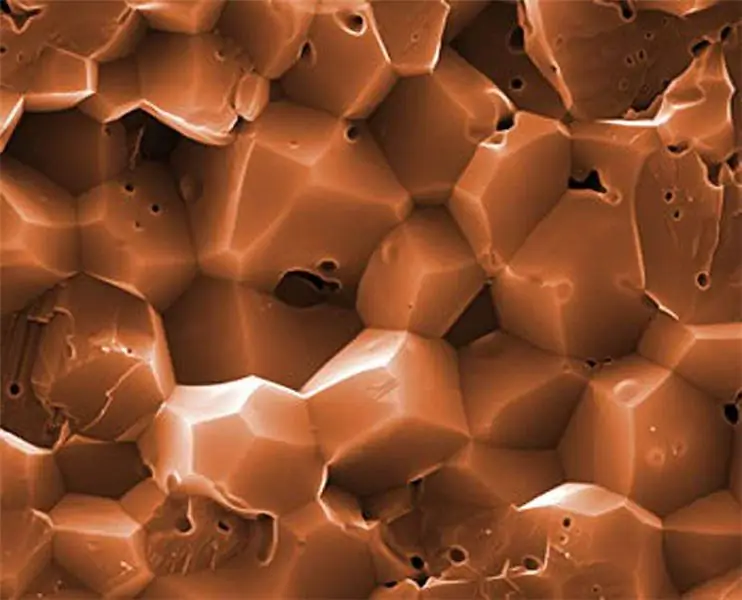
New woven nanocomposite materials are created using magnetic and electric fields to achieve precise positioning of functional nanoparticles inside and outside polymer fibers. These nanofibers can be tailored to provide properties such as color matching and NIR signature control for active camouflage applications.
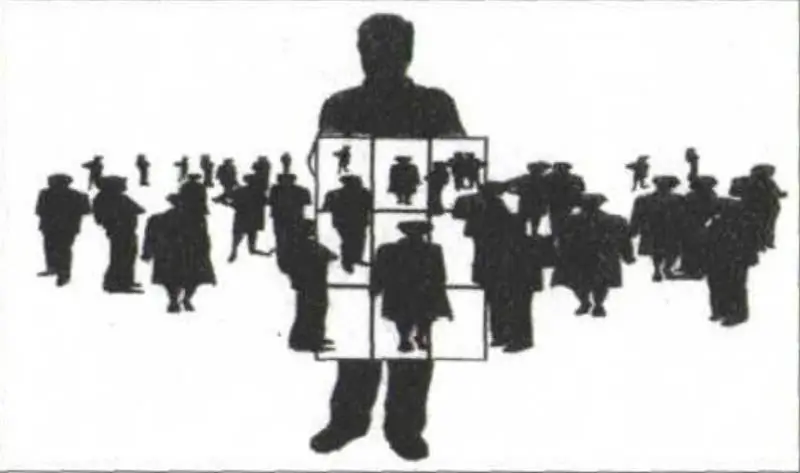
Schematic representation of active camouflage used to camouflage a person standing in front of a group of people
Displays
Flexible display technologies have been developed for over 20 years. Numerous methods have been proposed in an attempt to create a more flexible, durable, cheaper display that also has adequate resolution, contrast, color, viewing angle and refresh rate. Currently, flexible display designers are studying consumer requirements to determine the most suitable technology instead of offering the single best solution for all applications. Available solutions include RPT (Retro-reflective Projection Technology), Organic Light Emitting Diodes (OLEDs), Liquid Crystal Displays (LCDs), Thin Film Transistors (TFTs) and E-Paper …
Modern standard displays (including flexible displays) are for direct viewing only. Therefore, a system must also be designed so that the image can be clearly seen from different angles. One solution would be a hemispherical lens array display. Also, depending on the position of the sun and the observer, the display may be significantly brighter or darker than the surrounding area. If there are two observers, two different brightness levels are required.
Due to all these factors, there are high expectations from the future development of nanotechnology.
Technological limitations
Currently, numerous technological limitations restrain the production of active camouflage systems for soldier systems. While some of these limitations are actively being overcome with a suggested solution within 5 to 15 years (eg flexible displays), there are still several notable obstacles that still need to be overcome. Some of them are mentioned below.
The brightness of the displays. One of the limitations of display-based active camouflage systems is that they are not bright enough to work in daylight conditions. The average brightness of a clear sky is 150 W / m2 and most displays appear blank in full daylight. A brighter display will be needed (with luminescence close to that of a traffic light), which is not a requirement in other areas of development (for example, computer monitors and information displays should not be so bright). Consequently, the brightness of displays can be the direction that will hold back the development of active camouflage. In addition, the sun is 230,000 times more intense than the surrounding sky. Displays equal in brightness to the sun should be designed so that when the system passes in front of the sun, it does not look hazy or have any shadows.
Computing power. The main limitations of active image control and its constant updating for the purpose of continuous updating (invisibility) for the human eye are that powerful software and large memory size are needed in the control microprocessors. Also, given that we are considering a 3-D model, which should be built in real time based on methods for obtaining images from cameras, the software and characteristics of the control microprocessors can become a major limitation. In addition, if we want this system to be autonomous and carried by a soldier, then the laptop must be light, small and flexible enough.
Battery powered. When you take into account the brightness and size of the display, as well as the required computing power, modern batteries are too heavy and quickly drain. If this system is to be carried by a soldier to the battlefield, lighter batteries with higher capacity will need to be developed.
Position of cameras and projectors. Considering RPT technology, the significant limitation here is that cameras and projectors will need to be positioned in advance, and for only one enemy observer, and that this observer will need to be positioned in an exact position in front of the camera. It is unlikely that all this will be observed on the battlefield.
Camouflage goes digital
In anticipation of exotic technologies that will make it possible to develop a true "cloak of invisibility", the latest and significant advance in the field of camouflage is the introduction of so-called digital patterns (templates).
“Digital camouflage” describes a micro-pattern (micro-pattern) formed by a number of small rectangular pixels of different colors (ideally up to six, but usually for cost reasons no more than four). These micro-patterns can be hexagonal or round or quadrangular, and they are reproduced in various sequences over the entire surface, be it fabric or plastic or metal. Various patterned surfaces are similar to digital dots, which form a complete image of a digital photograph, but they are organized in such a way as to blur the outline and shape of the object.
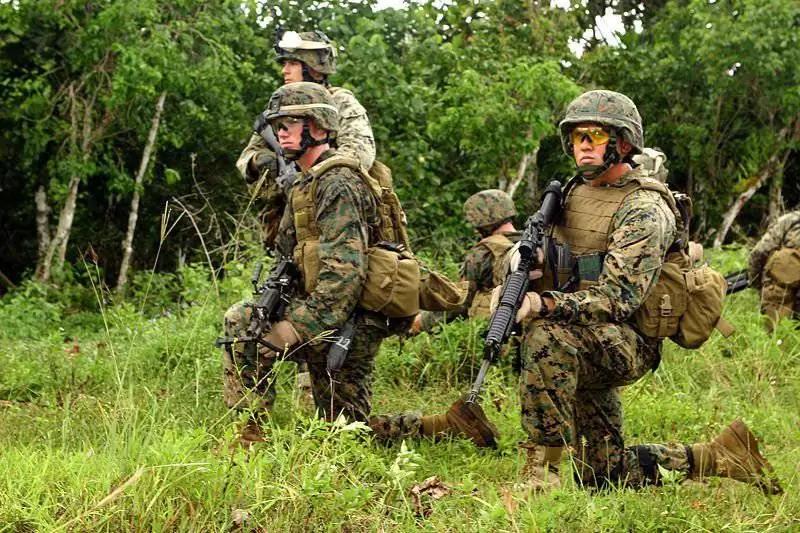
Marines in MARPAT combat uniforms for woodland
In theory, this is a much more effective camouflage than standard camouflage based on large spots, due to the fact that it mimics the variegated structures and rough borders found in natural surroundings. This is based on how the human eye, and thus the brain, interacts with pixelated images. Digital camouflage is better able to confuse or deceive the brain that does not notice the pattern, or to make the brain see only a certain part of the pattern so that the actual outline of the soldier is not discernible. However, for real work, pixels have to be calculated by equations of very complex fractals that allow you to get non-repeating patterns. Formulating such equations is not an easy task and therefore digital camouflage patterns are always protected by patents. First introduced by the Canadian Forces as CADPAT and the US Marine Corps as MARPAT, digital camouflage has since taken the market by storm and has been adopted by many armies around the world. It is interesting to note that neither CADPAT nor MARPAT are available for export, despite the fact that the United States has no problems selling sophisticated weapons systems.

Comparison Between Regular and Digital Combat Vehicle Camouflage Patterns

Canadian CAPDAT Template (Forest Version), MARPAT Template for Marine Corps (Desert Version) and New Singapore Template
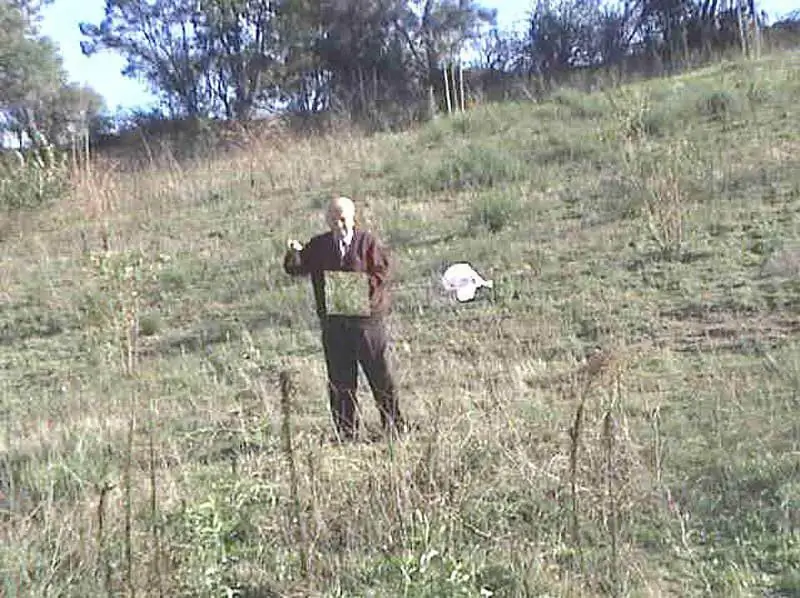

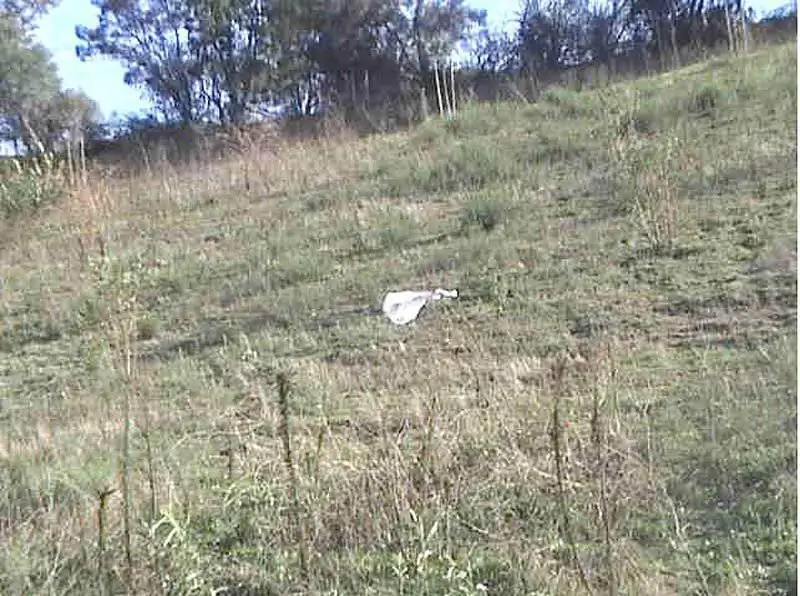
Advanced American Enterprise (AAE) announced improvements to its active / adaptive camouflage wearable blanket (pictured). The device, designated the Stealth Technology System (STS), is available in the visible and NIR. But this statement, however, raises a significant amount of skepticism.
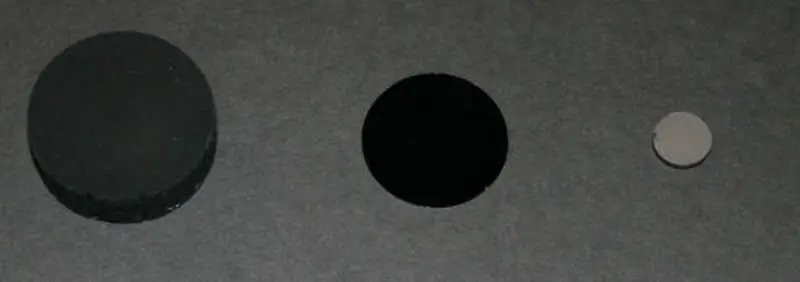
Currently, there is another approach … Researchers at Rensselier and Rice University have obtained the darkest material ever created by man. The material is a thin coating of discharged arrays of loosely aligned carbon nanotubes; it has an overall reflectance of 0, 045%, that is, it absorbs 99, 955% of the incident light. As such, the material comes very close to the so-called "super black" object, which can be virtually invisible. The photo shows a new material with 0.045% reflectance (center), significantly darker than 1.4% NIST reflectance standard (left) and a piece of vitreous carbon (right)
Output
Active camouflage systems for infantrymen could greatly help in covert operations, especially given that military operations in urban space are becoming more prevalent. Traditional camouflage systems retain the same color and shape, however, in urban space, optimal colors and patterns can constantly change every minute.
Seeking only one possible active camouflage system does not seem adequate enough to undertake the necessary and expensive development of display technology, computing power and battery power. However, due to the fact that all this will be required in other applications, it is quite predictable that the industry can develop technologies that will be easily adapted for active camouflage systems in the future.
In the meantime, simpler systems can be developed that do not result in perfect invisibility. For example, a system that actively updates the approximate color will be more useful than existing camouflage systems, regardless of whether the perfect image is being displayed. Also, given that the active camouflage system can be most justified when the position of the observer is accurately known, it can be assumed that in the earliest solutions a single stationary camera or detector could be used for camouflage. However, a large number of sensors and detectors that do not work in the visible spectrum are currently available. A thermal microbolometer or sensitive sensor, for example, can easily identify an object masked by a visual active camouflage.






